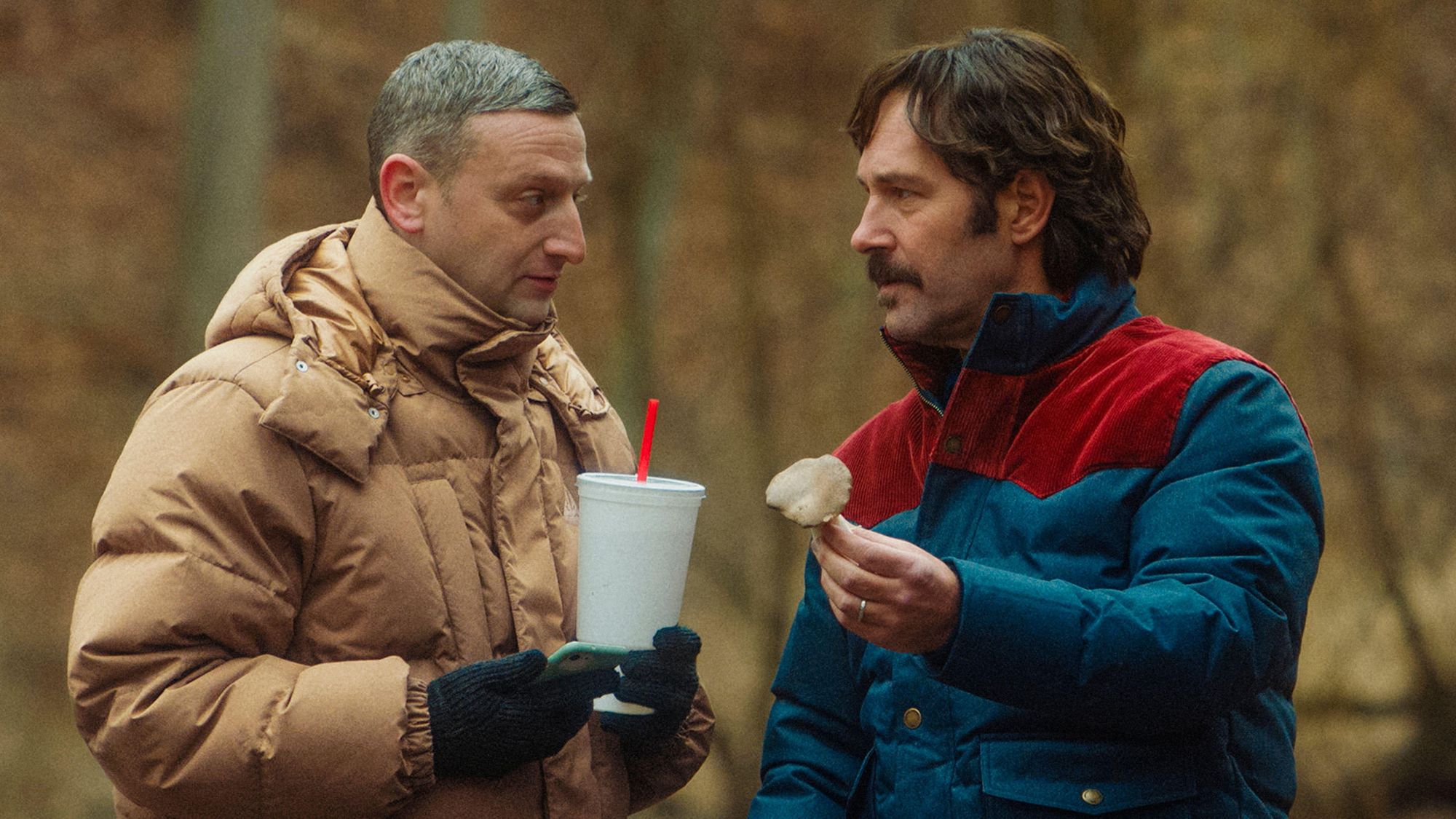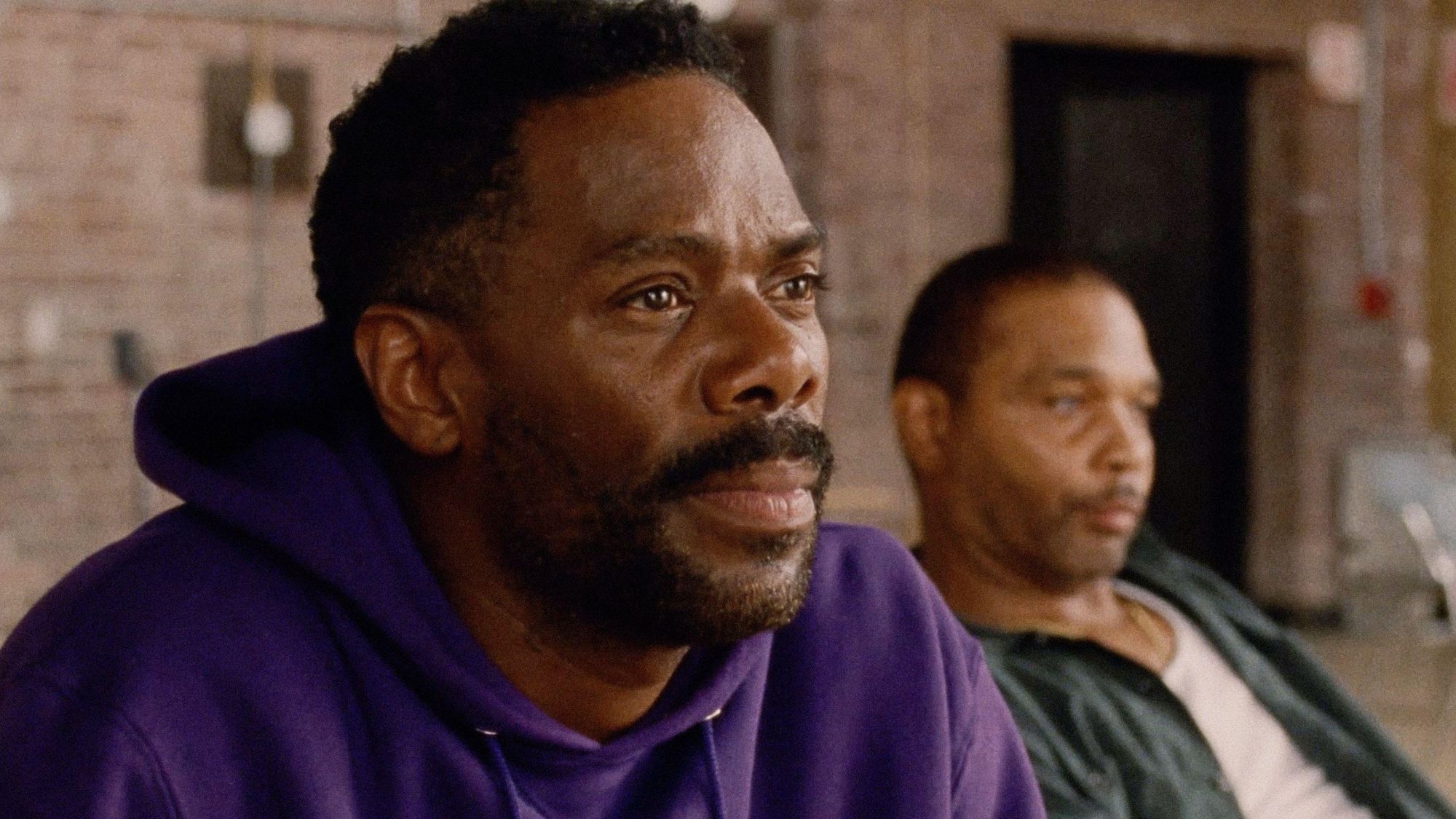Why there is no substitute for wool
Peter Ackroyd, COO at Campaign for Wool, on a classic material

There’s a legendary black and white photo in a Yorkshire archive of a group from a local mill, pictured in front of a coach taking them to the coast.
A look at the day trippers, from top management to shop floor, reveals that everyone in the picture is wearing wool.
Overcoats, suits, jackets, dresses, skirts, slacks, hats and scarves, all in wool, was the norm in times when strict dress codes ruled everyday life.
The Week
Escape your echo chamber. Get the facts behind the news, plus analysis from multiple perspectives.

Sign up for The Week's Free Newsletters
From our morning news briefing to a weekly Good News Newsletter, get the best of The Week delivered directly to your inbox.
From our morning news briefing to a weekly Good News Newsletter, get the best of The Week delivered directly to your inbox.

Mills in the valleys of Yorkshire, Scotland and the West of England rolled out mile upon mile of wool yarn and fabric for the British High Street and beyond.
That was until someone suggested that newly-developed synthetics made from petroleum would be a cheap substitute.
Not realising the environmental impact of such a decision, British retailers abandoned wool and natural fibres, and flooded the fashion market with Bri-Nylon, Terylene, Acrilan, Courtelle and many more toxic petroleum derivatives.
It took four decades or more for consumers to realise the damage that plastic would wreak on the precarious global ecological balance.
A free daily email with the biggest news stories of the day – and the best features from TheWeek.com

The Prince of Wales began his Campaign for Wool some ten years ago to highlight the urgent need for greater environmental responsibility in the world of fashion and lifestyle.
What he said then still holds true today: “Wool is a product that the most brilliant boffin in the most hi-tech laboratory could never create.”
Wool is natural, renewable and biodegradable, only requiring the sunshine, water and grass that sheep need to grow a fleece of wool every year. By wearing it, you will begin to make a truly positive contribution towards a more sustainable lifestyle for yourself and, perhaps more importantly, for future generations.
Continue investing in a wool wardrobe and you will very soon start to realise that wool garments need only minimal care, require very infrequent washing - and if you do wash them, they won’t shed any nasty microplastics that end up in the ocean.
They keep you cool when it’s hot and warm when it’s not, manage odour remarkably well, and feel much more comfortable next to skin than any other fibre.
If you feel like parting with one of your wool garments, be assured that at the end of its wearable life, wool is fully biodegradable in both land and water and will never, like most other fibres, linger in landfill eternally.
Dame Vivienne Westwood, for many years passionately concerned about climate change, encourages shoppers to ‘buy less, choose well, make it last’. And her pleas to consumers to reduce their carbon footprint and be mindful of the impact that carefree consumerism is having on a delicate global eco balance are, at last, no longer falling on deaf ears.
-
 How climate change is affecting Christmas
How climate change is affecting ChristmasThe Explainer There may be a slim chance of future white Christmases
-
 The MAGA civil war takes center stage at the Turning Point USA conference
The MAGA civil war takes center stage at the Turning Point USA conferenceIN THE SPOTLIGHT ‘Americafest 2025’ was a who’s who of right-wing heavyweights eager to settle scores and lay claim to the future of MAGA
-
 The 8 best drama movies of 2025
The 8 best drama movies of 2025the week recommends Nuclear war, dictatorship and the summer of 2020 highlight the most important and memorable films of 2025
-
 Friendship: 'bromance' comedy starring Paul Rudd and Tim Robinson
Friendship: 'bromance' comedy starring Paul Rudd and Tim RobinsonThe Week Recommends 'Lampooning and embracing' middle-aged male loneliness, this film is 'enjoyable and funny'
-
 The Count of Monte Cristo review: 'indecently spectacular' adaptation
The Count of Monte Cristo review: 'indecently spectacular' adaptationThe Week Recommends Dumas's classic 19th-century novel is once again given new life in this 'fast-moving' film
-
 Death of England: Closing Time review – 'bold, brash reflection on racism'
Death of England: Closing Time review – 'bold, brash reflection on racism'The Week Recommends The final part of this trilogy deftly explores rising political tensions across the country
-
 Sing Sing review: prison drama bursts with 'charm, energy and optimism'
Sing Sing review: prison drama bursts with 'charm, energy and optimism'The Week Recommends Colman Domingo plays a real-life prisoner in a performance likely to be an Oscars shoo-in
-
 Kaos review: comic retelling of Greek mythology starring Jeff Goldblum
Kaos review: comic retelling of Greek mythology starring Jeff GoldblumThe Week Recommends The new series captures audiences as it 'never takes itself too seriously'
-
 Blink Twice review: a 'stylish and savage' black comedy thriller
Blink Twice review: a 'stylish and savage' black comedy thrillerThe Week Recommends Channing Tatum and Naomi Ackie stun in this film on the hedonistic rich directed by Zoë Kravitz
-
 Shifters review: 'beautiful' new romantic comedy offers 'bittersweet tenderness'
Shifters review: 'beautiful' new romantic comedy offers 'bittersweet tenderness'The Week Recommends The 'inventive, emotionally astute writing' leaves audiences gripped throughout
-
 How to do F1: British Grand Prix 2025
How to do F1: British Grand Prix 2025The Week Recommends One of the biggest events of the motorsports calendar is back and better than ever